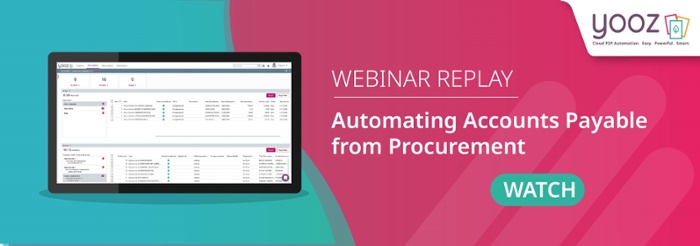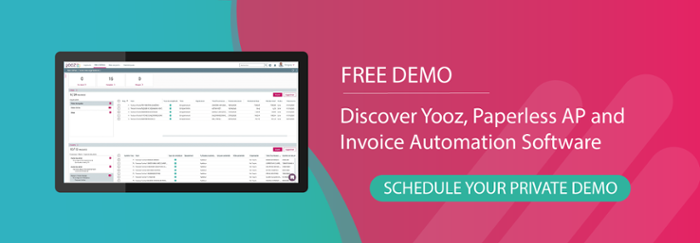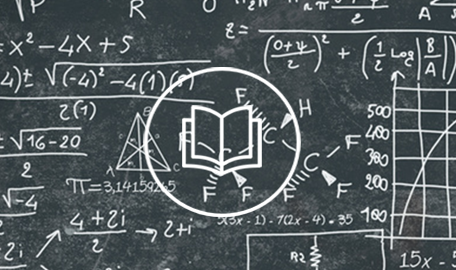Inflation continues to rear its ugly head during 2022, making some of the biggest jumps in four decades and causing major disruptions throughout the supply chain. To help withstand the effect of these shifts, many businesses are looking for new ways to use their current resources, build operational resilience, and better manage their costs. This is particularly true for industries such as construction where a sudden price increase in any area can rapidly turn any project from a thin-margin engagement into a losing proposition.
One of the easiest ways to cover all the bases is through end-to-end payment automation. Automated invoice processing software in particular can help streamline and manage the accounts payable process, streamlining the workflow and creating easier and more transparent cast flow management. Not only will businesses be able to quickly and easily identify where all the money is going, but also access information for cost analyses, financial forecasting, scenario planning, and last but certainly not least faster invoices and payments approval. The latter has a nice trickle-down effect that keeps suppliers happy. Being able to rapidly answer support questions and paying every invoice on time, every time, buys you supplier goodwill that can be an insurance policy against future unpleasant surprises.
Covid Kills
Certainly some of the economic shifts are due to aftershocks of the pandemic. Ongoing fears combined with general economic jitters are adding uncertainly to ongoing operations and new contracts. Start or wait? Have the funds to continue or...? Keep or kill the projects? Having to answer these questions and more make accessibility and tracking an even greater concern for executives.
When we asked 1,200 finance and accounting pros for the second State of Automation in Finance report, 83% told us that COVID-19 has accelerated the digital transformation of their accounting departments. The reasons boil down to better cost control (not just as a hedge against inflation), more transparency, and fewer errors and fraud.
Construction Payment Automation Maps the Way
While the application of automation invoice processing technologies is helping numerous companies, the benefits are easily seen when it comes to construction payment automation. In the construction industry, invoicing and payments - from managing retention and lien waivers to keeping track of purchase orders and invoices from multiple suppliers and subcontractors, often for multiple projects on multiple sites - form a complicated dance, once where these tasks must be accomplished daily while traveling or on-site via mobile device. A cloud-based automated platform can accomplish all these and more.
Payment Automation Streamlines the Entire Workflow
Automation simplifies and streamlines the entire workflow from the moment a purchase order is generated until payment goes out. A cloud-based platform such as Yooz becomes the single, central place to rapidly capture, process, review, approve, and pay invoices without compromising either security or compliance. In fact, at the end of the day processing costs per invoice go down by as much as 80% and cycle times shrink to a few days or even hours instead of weeks and months.
Here’s a quick step-by-step rundown how AP automation works. First comes multi-channel capture. Every document quickly enters the system, regardless in what format it arrives. Batch scans, for instance, are automatically split. Yooz employs a powerful combination of Robotic Process Automation (RPA), Machine Learning (ML) algorithms, and Optical Character Recognition (OCR) to read all of the invoices and extract relevant information including good received, amounts, and due dates. Unstructured data is converted into structured information and GL-coding, duplicate detection, and routing for approval all happen without human intervention.
In addition, the workflow can be fine-tuned to accommodate rules specific to each business, such as advance, progress or arrears billing. Flagging exceptions with missing or bad data is also performed automatically, so under- or overpaying contractors and suppliers won’t happen.
Review, Approve, and Pay Invoices from Anywhere
Thanks to the cloud-based platform format, once the documents are in the system managers can review and drill down into the information at any point during the review and approval process from anywhere, even from their tablet in a truck. This means improved customer service (internal and external) with the ability to quickly answer questions or immediately address any concerns.
Scheduling and executing payments come next, handled in the same intuitive interface. Vendors or subcontractors can be onboarded with a single email address. All they need to choose is their preferred payment method, such as an eCheck, and the platform will send the money according to a preset schedule after performing another set of security checks.
When prices are rising across the board, it’s worth pointing out that paying by virtual card is not only the safest option out there but also earns you cashback on every invoice paid. It turns a traditional cost center into a new revenue stream.
From Cost Center to Revenue Stream
Integrating well with an existing construction ERP and accounting system is the final element that makes payment automation a solid foundation for managing and growing a business. Automatically updating the payment status, reconciling it with a PO, and being able to review the entire process through various departments generates valuable insights that will boost a company’s cash management abilities.
Securing a smooth flow of supplies and having skilled subcontractors on board are key, but intelligent payment management is equally critical for seamless project delivery.
FAQs
How does Yooz facilitate payment automation for construction projects, particularly in managing complex payment schedules and retention requirements?
Can Yooz integrate with existing construction management software to automate payment processes seamlessly?
How does Yooz ensure accuracy and compliance in payment processing, particularly with regard to subcontractor payments and lien waivers?
What measures does Yooz employ to enhance security and protect sensitive payment information during the automation process?





